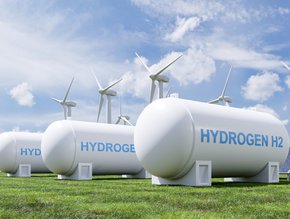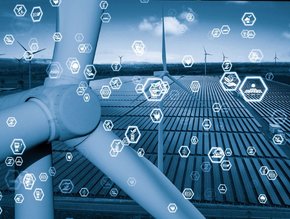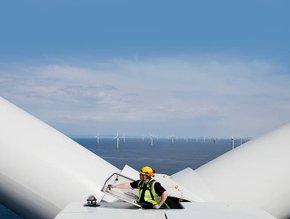Global overview of a growing efficiency technology market

Following the data provided on the International Energy Agency (IEA) report, ‘Energy Efficiency - The Decade for Action’, we delved into the renewable sector to discover the trends in the heat pump industry.
Covering both air-to-water and air-to-air heat pumps, the overall industry experienced slower growth in 2022 with a higher uptake in these solutions in 2021. This could well be due to the rising costs of living and the beginning of the post-pandemic aftermath that plague consumers today, including the rising energy tariffs, and businesses also affected by a reduction in energy supply.
The data presented for this market highlights a number of areas, including the trends from 2021 to 2022 and the percentage of the market occupied by heat pumps and fossil fuels in a few different countries.
Trends in renewable heat pump technologies
Taking a look at a snapshot of the global market for both types of heat pump, it shows a 2% change in the growth rate of the industry—likewise less growth in both air-to-water and air-to-air categories.
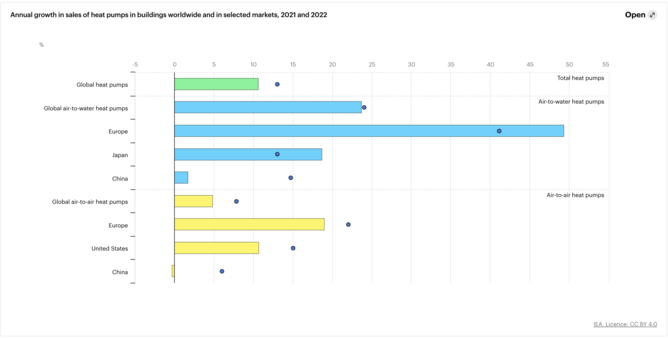
The data provided by the IEA shows the growth rate across Europe, the US, and China, as the main regions in the air-to-air study, but replacing the US with Japan in air-to-water data.
China saw a reduction in the number of air-to-air heat pumps at just under 0, and significantly less growth in air-to-water, which saw a change of 13% from its 15% growth in 2021. The US also experienced less growth at 11% in comparison to 15% in 2021.
The only areas to see growth in this table were Japan—for its air-to-water heat pumps increasing by 6%—and Europe. Despite a reduction in air-to-air heat pumps in Europe, those producing water remained in higher growth at 49%.
Regions with important heat pump market data
As seen in the report, the IEA assesses a few key areas of the world to determine the level of energy efficiency created by heat pumps in comparison to fossil fuels.
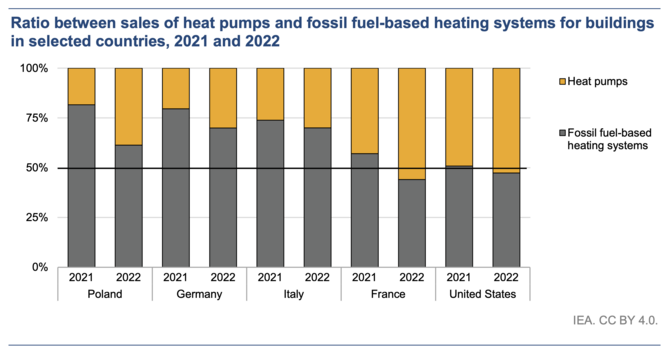
Despite heat pump market growth slowing in the US in the above table, it amounts to a significantly higher proportion of its energy output than many of the European countries, including Poland, Germany, and Italy. France exceeded this in 2022 with a major increase in adoption.
EVs adopted as energy efficiency solutions
The report also cites the number of electric vehicles (EVs) sold in early 2023 as having an impact on the growth in energy efficiency technologies. With 2.3 million EVs sold across the globe, the industry grew by 25% compared to the first quarter of 2022. Records for EV adoption are seen in all regions as the automotive industry sees a rapid expansion of battery-electric vehicle (BEV) manufacturing capabilities.
In 2022, China, Europe, and the United States dominated the global sales market, representing approximately 95% of total sales. However, emerging economies experienced a remarkable surge in sales, particularly in India, where electric three-wheeler vehicles witnessed a notable boom.
There has been a growing trend towards electrification in the commercial and heavy-duty vehicle sectors. Sales of electric light commercial vehicles alone witnessed a staggering increase of over 90% in 2022. This unprecedented growth in sales has resulted in a significant rise in investment in EVs, which has more than doubled since 2021, reaching a staggering U$130bn in 2023.

